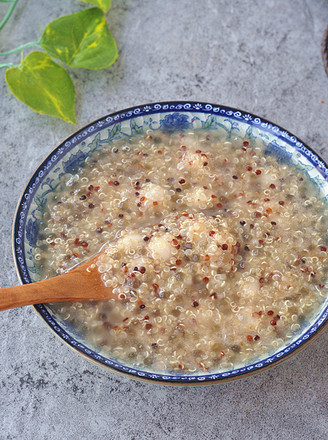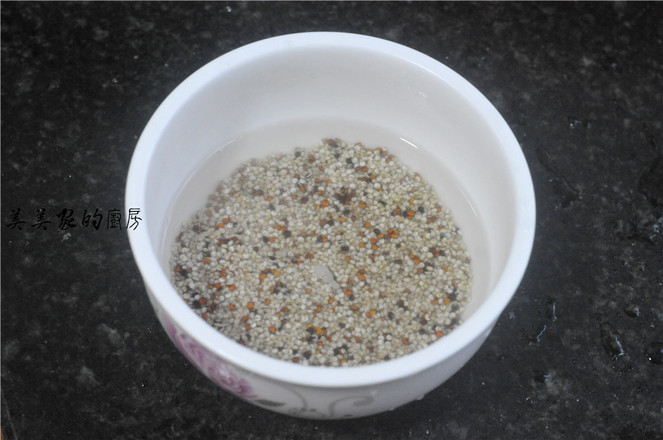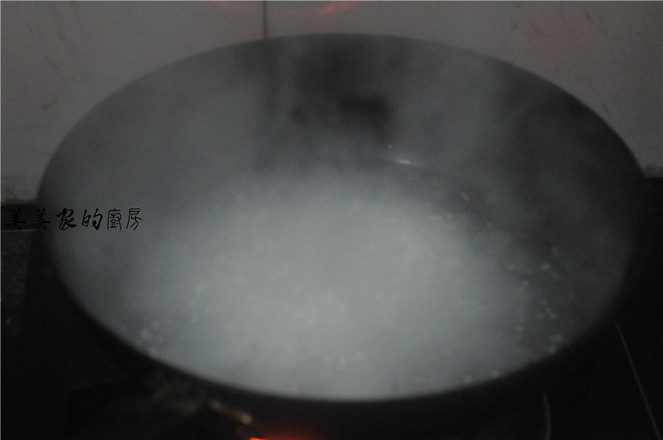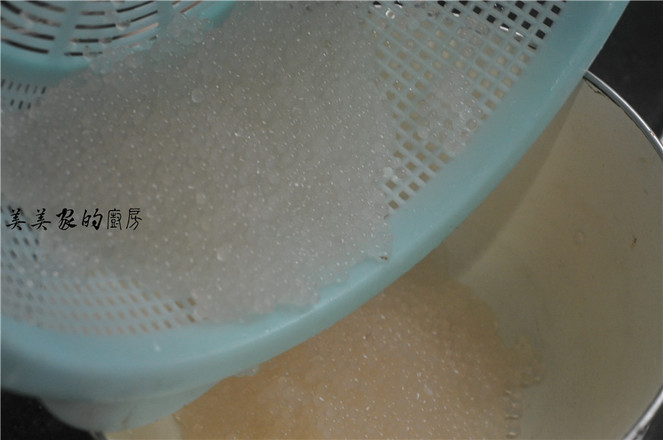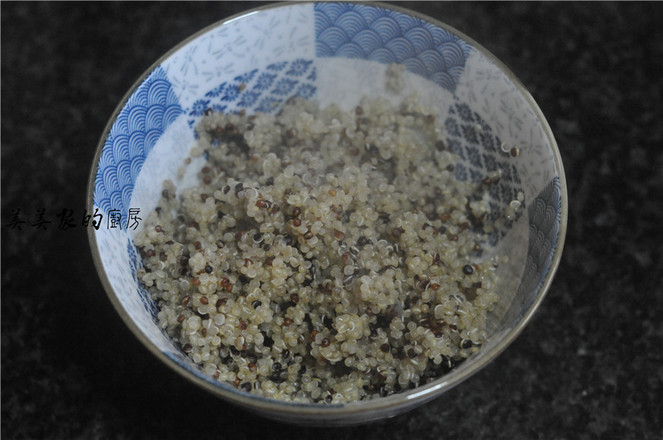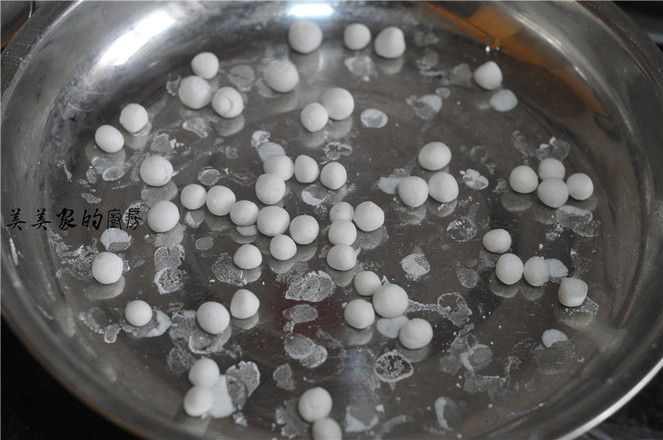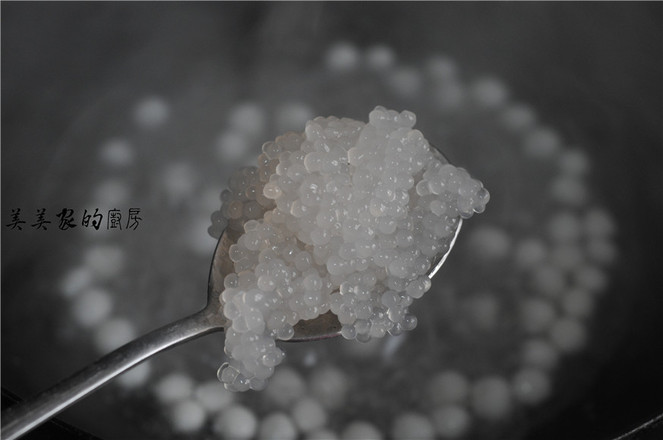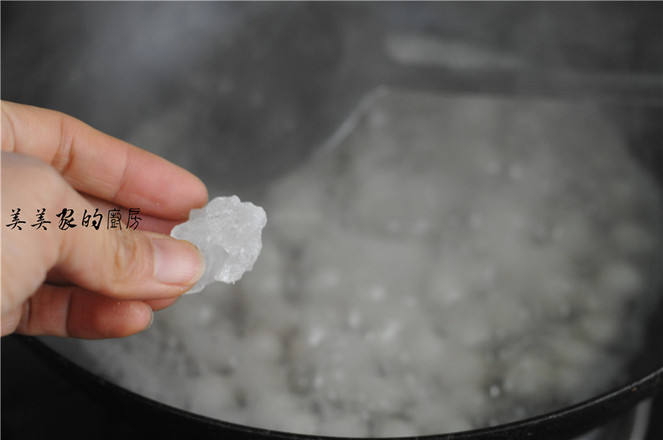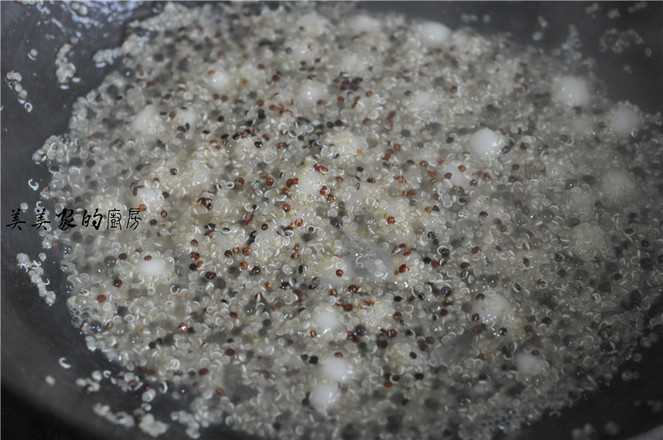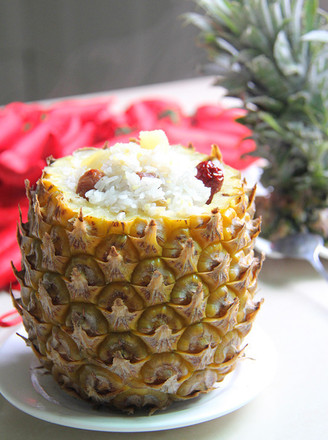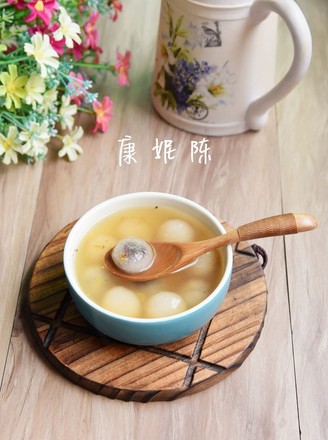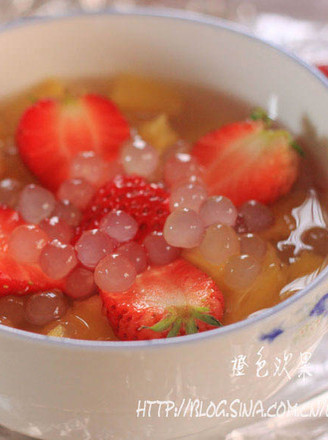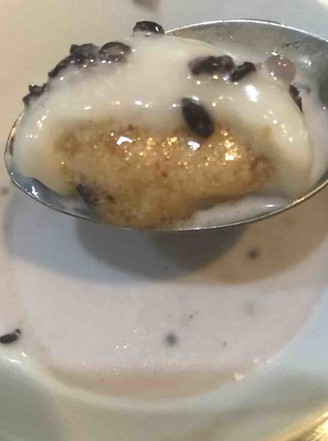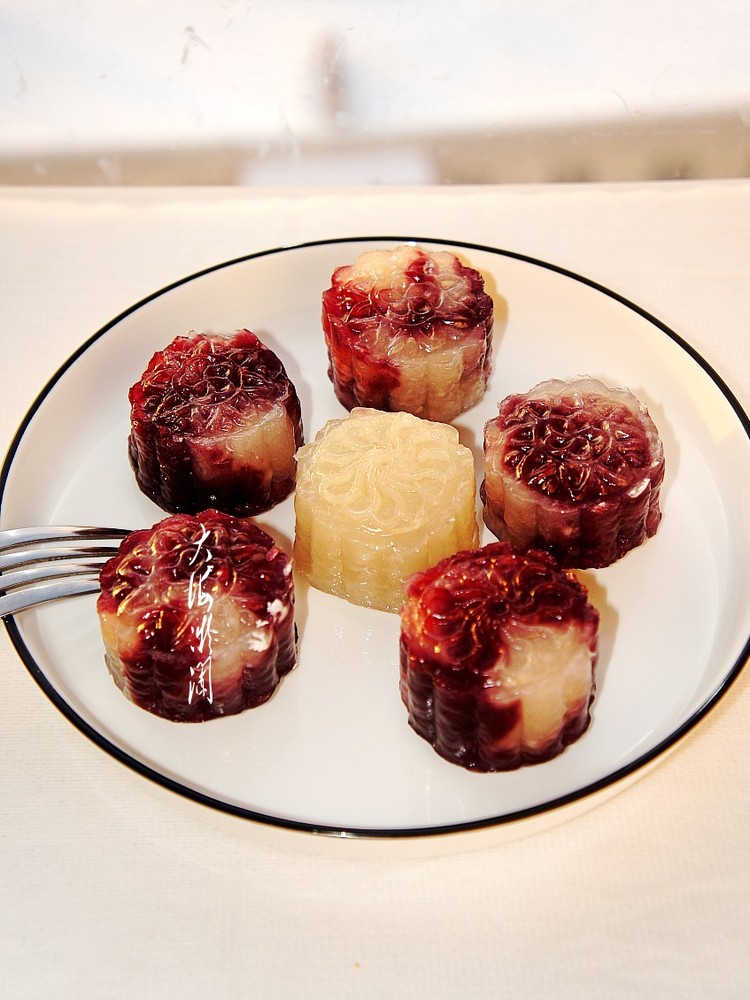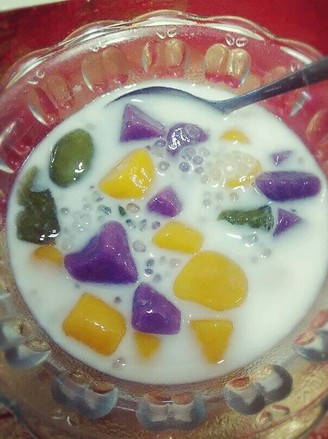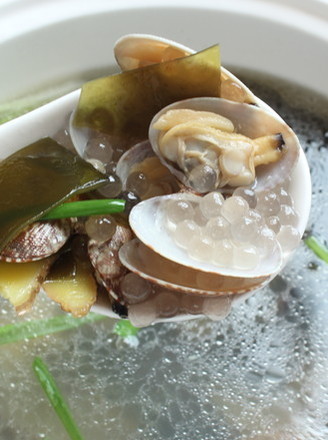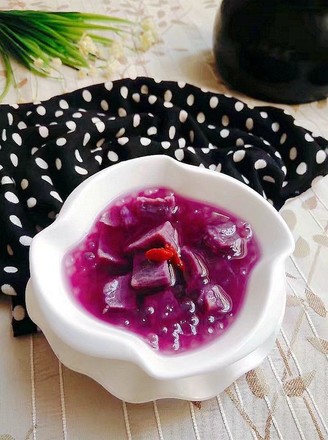Quinoa and Sago Small Meatballs
by Meimeijia's Kitchen
Favorite
Difficulty
Normal
Time
30m
Serving
3
During this period of time at home, my son clamored for dessert every day, so I was too greedy! But I drove to the street for a while, and a dessert shop did not open. Okay, go home and make it yourself!
I don’t usually make desserts, and naturally I don’t have the ingredients. I went to the gym every day last year. I bought a lot of quinoa from the Internet under the introduction of the seniors. After eating for a while, I was really annoying. I piled them up. I ignored it for a long time in the cabinet. With an idea, I turned them out and made this bowl of desserts. Unexpectedly, my son would be fascinated when he ate them! During this period of time, I asked me to make it every day. Every time I cook a big pot, a family of three eats it like a fragrant food, and even saves dinner!
Making desserts by yourself, the most satisfying thing is that the sweetness is put according to your own taste, not as sweet as a dessert shop, the ingredients are all your favorite types, and a variety of nutritious ingredients are mixed together and cooked. Especially delicious, contemporary meals can fully meet the nutritional needs.
The fully soaked quinoa is perfectly matched with sago, slightly grainy, but refreshing and delicate, and paired with small soft glutinous rice balls, the taste is really rich after one bite, no wonder my son eats it right away. I can’t stop, every time I cook a little bit more deliberately, even breakfast!
Those who like to eat desserts may wish to try it, it is delicious when eaten hot or cold! In the summer, put it in the refrigerator before eating, it's more refreshing!
I don’t usually make desserts, and naturally I don’t have the ingredients. I went to the gym every day last year. I bought a lot of quinoa from the Internet under the introduction of the seniors. After eating for a while, I was really annoying. I piled them up. I ignored it for a long time in the cabinet. With an idea, I turned them out and made this bowl of desserts. Unexpectedly, my son would be fascinated when he ate them! During this period of time, I asked me to make it every day. Every time I cook a big pot, a family of three eats it like a fragrant food, and even saves dinner!
Making desserts by yourself, the most satisfying thing is that the sweetness is put according to your own taste, not as sweet as a dessert shop, the ingredients are all your favorite types, and a variety of nutritious ingredients are mixed together and cooked. Especially delicious, contemporary meals can fully meet the nutritional needs.
The fully soaked quinoa is perfectly matched with sago, slightly grainy, but refreshing and delicate, and paired with small soft glutinous rice balls, the taste is really rich after one bite, no wonder my son eats it right away. I can’t stop, every time I cook a little bit more deliberately, even breakfast!
Those who like to eat desserts may wish to try it, it is delicious when eaten hot or cold! In the summer, put it in the refrigerator before eating, it's more refreshing!

